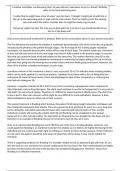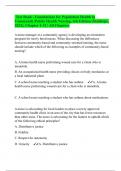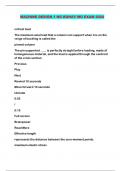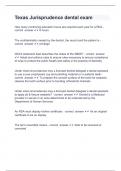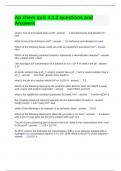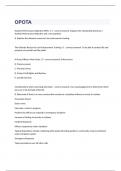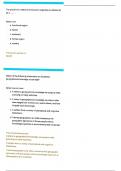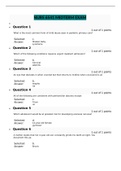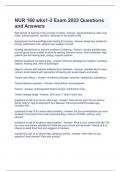Essay
AQA A level psychology essay for phobias
- Module
- Psychopathology
- Institution
- AQA
This 16 mark essay outlines and evaluates two behavioural treatments for phobias with reference to a conversation (ao2). This is for the psychopathology topic in AQA A level psychology.
[Show more]
